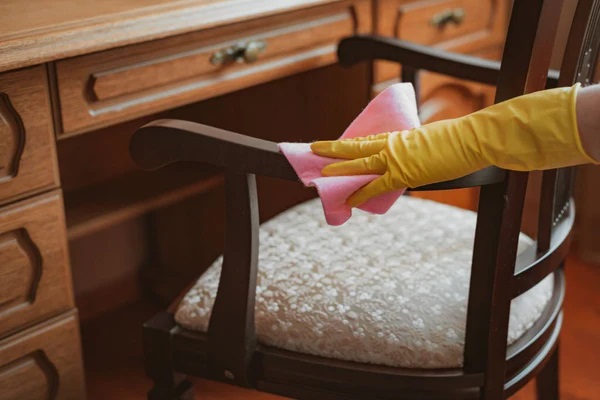Restoring old furniture can be a rewarding and creative project. Whether you have inherited a family heirloom or found a diamond in the rough at a flea market, with a little time and effort, you can bring old pieces back to life and give them a new purpose in your home. Here are some tips to help you get started with furniture restoration:
1. Assess the Condition
Before diving into a furniture restoration project, it’s essential to assess the condition of the piece. Look for any structural damage, such as loose joints or broken parts. Take note of any scratches, dents, or missing pieces that may need repair or replacement. This evaluation will help you plan the necessary steps and materials needed for the restoration process.
2. Clean and Strip

The first step in restoring old furniture is to clean and strip away any existing finish or paint. Use a gentle cleaner or wood soap to remove dirt and grime. For removing old paint or varnish, you can use chemical strippers or sandpaper, depending on the condition and type of finish. Be sure to follow the instructions carefully and wear protective gear.
3. Repair and Replace
Once the piece is clean and stripped, it’s time to repair any structural damage. Glue loose joints or broken parts together using wood glue. For more extensive repairs, consider seeking professional help or consulting a carpenter. If there are missing pieces, such as knobs or handles, look for suitable replacements that match the style and era of the furniture.
4. Sand and Smooth
After the repairs are complete, sand the entire piece to create a smooth surface. Start with a coarse grit sandpaper to remove any rough spots or imperfections, and gradually move to finer grits for a polished finish. Sanding will also help prepare the surface for applying paint or stain later on.
5. Choose the Finish
Decide on the desired finish for your furniture restoration project. You can opt for paint, stain, or a combination of both, depending on the style and look you want to achieve. Paint can give a fresh and vibrant appearance, while stain can enhance the natural beauty of the wood grain. Experiment with different finishes on a small test area before applying it to the entire piece.
6. Apply the Finish

Once you have chosen the finish, apply it carefully and evenly to the furniture. Use a brush, roller, or spray gun, depending on the type of finish and the desired effect. Follow the manufacturer’s instructions for drying and curing times between coats. Multiple thin coats will often yield better results than a single thick coat.
7. Protect and Preserve
After the finish has dried completely, apply a protective topcoat to seal and preserve the furniture. This step will help protect the surface from everyday wear and tear. Choose a topcoat that is compatible with your chosen finish, such as polyurethane or wax, and apply it according to the manufacturer’s instructions.
By following these tips, you can revive old furniture and give it a new lease on life. Remember, furniture restoration requires patience, attention to detail, and a love for craftsmanship. Enjoy the process and embrace the beauty of transforming something old into something stunning and unique for your home.

